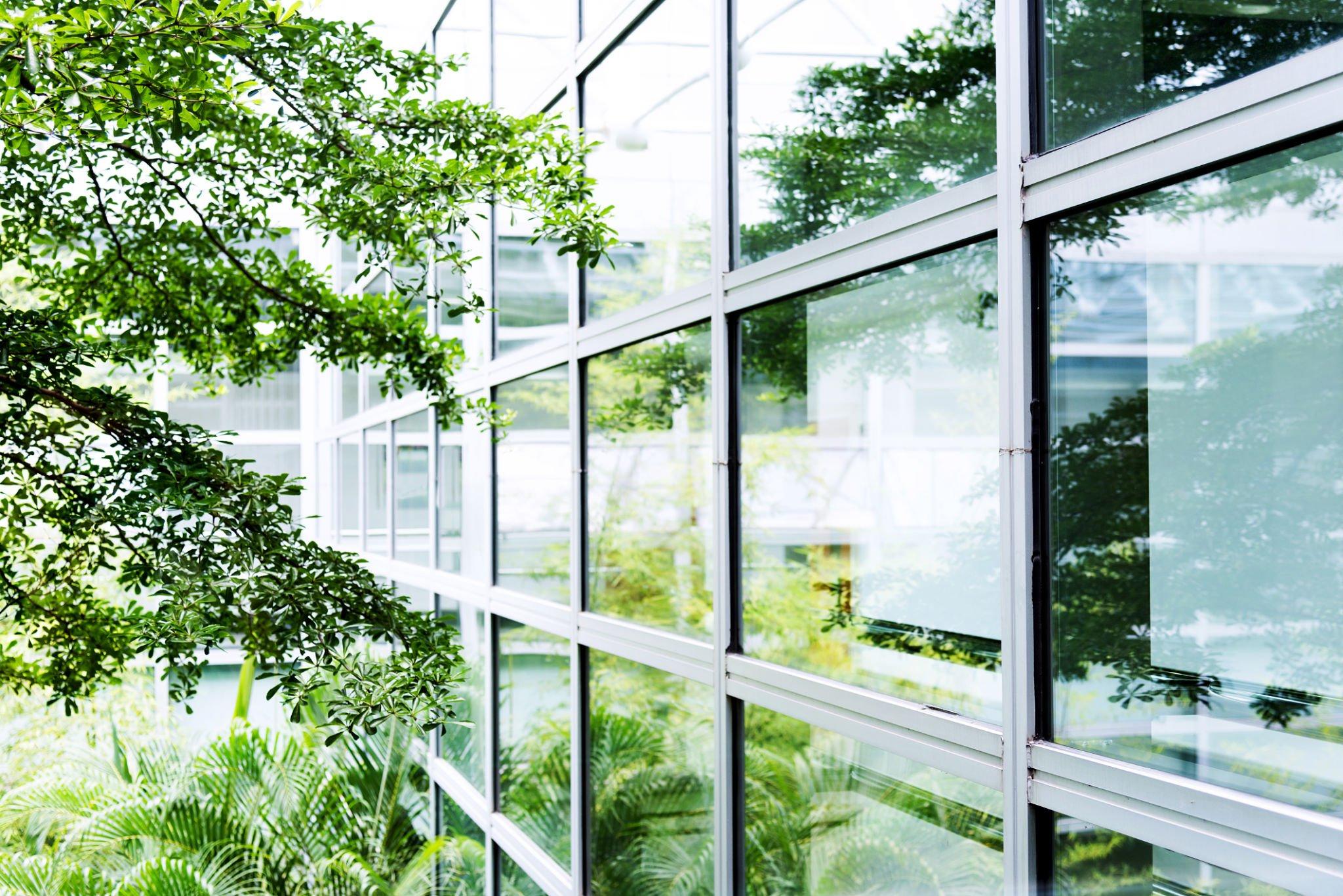In today’s world, where sustainability and environmental consciousness are gaining momentum, it’s crucial to consider the impact of our daily choices, including the products we use.

Traditional cleaning agents often contain harmful chemicals that can not only be detrimental to our health but also have adverse effects on the environment. Fortunately, there’s a growing trend towards eco-friendly solutions that promote a healthier and greener way of living.
In this article, the professional crew at Eco Mama Green House Cleaning of Scottsdale explores seven essential tips for green cleaning at home. By incorporating these practices into your routine, you can ensure a healthier living space while minimizing your carbon footprint and contributing to a more sustainable future.
1. Opt for Natural Products
Traditional products often contain toxic chemicals that can cause respiratory issues, skin irritations, and even long-term health problems. Instead, choose natural alternatives such as vinegar, baking soda, lemon juice, and essential oils. These ingredients are effective in cleaning and disinfecting various surfaces, and they are safe for both your health and the environment.
Read also: 7 Creative Ideas for More Kitchen Storage Space
2. Make Your Own Cleaning Solutions
Not only are homemade solutions more cost-effective, but they also allow you to have full control over the ingredients used. By creating your own cleaners, you can avoid unnecessary packaging waste and reduce your exposure to harmful chemicals.
A simple mixture of vinegar and water can be used as an all-purpose cleaner, while a paste of baking soda and water works wonders for scrubbing stubborn stains.
3. Ditch Disposable Tools

Disposable cleaning tools like paper towels and single-use wipes contribute to landfill waste. Instead, switch to reusable alternatives such as microfiber cloths, washable mop heads, and sponge scrubbers. These options are not only eco-friendly but also more durable and effective at capturing dirt and grime.
4. Choose Eco-Friendly Equipment
When it comes to vacuum cleaners and other equipment, opt for models that are designed with energy efficiency in mind. Look for appliances with high-efficiency particulate air (HEPA) filters that trap allergens and pollutants effectively. Additionally, consider investing in a steam cleaner, which uses minimal water and eliminates the need for harsh chemicals.
5. Conserve Water
Conserving water is essential for both environmental and financial reasons. When cleaning, be mindful of water usage. Instead of leaving the tap running continuously, fill a bucket or sink with water for various tasks. This way, you can control the amount of water used and avoid unnecessary wastage.
6. Embrace Air-Drying
Drying laundry and dishes using electric dryers consumes a significant amount of energy. Whenever possible, embrace air-drying methods. Hang your clothes on a clothesline or use a drying rack indoors. For dishes, let them air-dry in a dish rack instead of using the dishwasher’s drying cycle. Not only will this reduce energy consumption, but it will also extend the lifespan of your garments and kitchenware.
7. Dispose of Cleaning Waste Responsibly
When you’re done with the tasks, dispose of waste responsibly. Separate recyclable materials from non-recyclable ones. Many communities offer recycling programs for items like plastic bottles, cardboard, and glass. Additionally, consider composting organic waste like food scraps and paper towels. Composting is an excellent way to reduce landfill waste while creating nutrient-rich soil for your garden.
Conclusion

Adopting eco-friendly cleaning practices not only benefits your health and well-being but also contributes to a sustainable future for our planet. By incorporating these essential tips, you can transform your cleaning routine into a greener and more environmentally conscious one.



